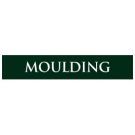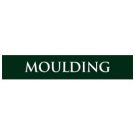How R Moulding & Co use their 224 years of experience to create and restore some of Britain's most beautiful houses
The purpose of the best restoration projects is not to turn back the clock. Instead, it’s an exciting opportunity to create beautiful buildings that are resilient, comfortable and sustainable, offering the best of old and new, says Tim Moulding, of traditional builders and craftspeople R Moulding & Co.

Since 1798, R Moulding & Co has been employing traditional craftsmanship and materials to create some of Britain’s most beautiful houses, learning a great deal over the years. When restoring a historic building, the best possible outcome relies on a mixture of experience, skill and sympathy, as well as an understanding of how modern technology can be employed to ensure that 21st-century demands can be met. For the past six years, the company’s expertise in this field has been recognised by its inclusion in the Country Life Top 100.
What’s the purpose of effective restoration?
Put simply, the purpose of a full restoration is to liberate the building from issues of damp and decay, as well as to secure its safety. New electrics, low temperature LED lighting and chimney-flue liners will all protect the property for future generations to enjoy. The secret to sensitive restoration is to ensure that none of the modern methods employed in the project will compromise longevity. For instance, insulation without ventilation will create condensation and powerful heating systems will draw residual dampness through walls and chimney breasts.
The provision of sustainable heat and hot water will create significant levels of efficiency; heat pumps, solar and effective insulation are all crucial to this. Safety is equally enhanced — for example, flue liners and LED lighting significantly reduce fire risk. Getting this right relies on knowledge, skill and good design.

Can a house be sensitively restored and also be thermally efficient?
With the right design and planning, it will. Care must be taken to avoid creating condensation. Traditionally, many buildings have survived decay because they are well ventilated, but this is obviously a problem when creating comfortable, habitable spaces.
Careful selection of insulation and methods of installation are vital in ensuring that fabric remains breathable. Otherwise, the result of heat, damp and lack of ventilation can be catastrophic, as it creates the perfect environment for decay, sometimes leading to aggressive dry rot.
Can a house be over restored?
Care must be taken to avoid sanitising the restoration and destroying the intrinsic character of a building. Complex electronic wizardry often becomes outdated before the project is completed. It isn’t always essential to straighten a ceiling or a ridge line. Levelling an uneven floor may be best for large items of furniture, but can destroy the character.
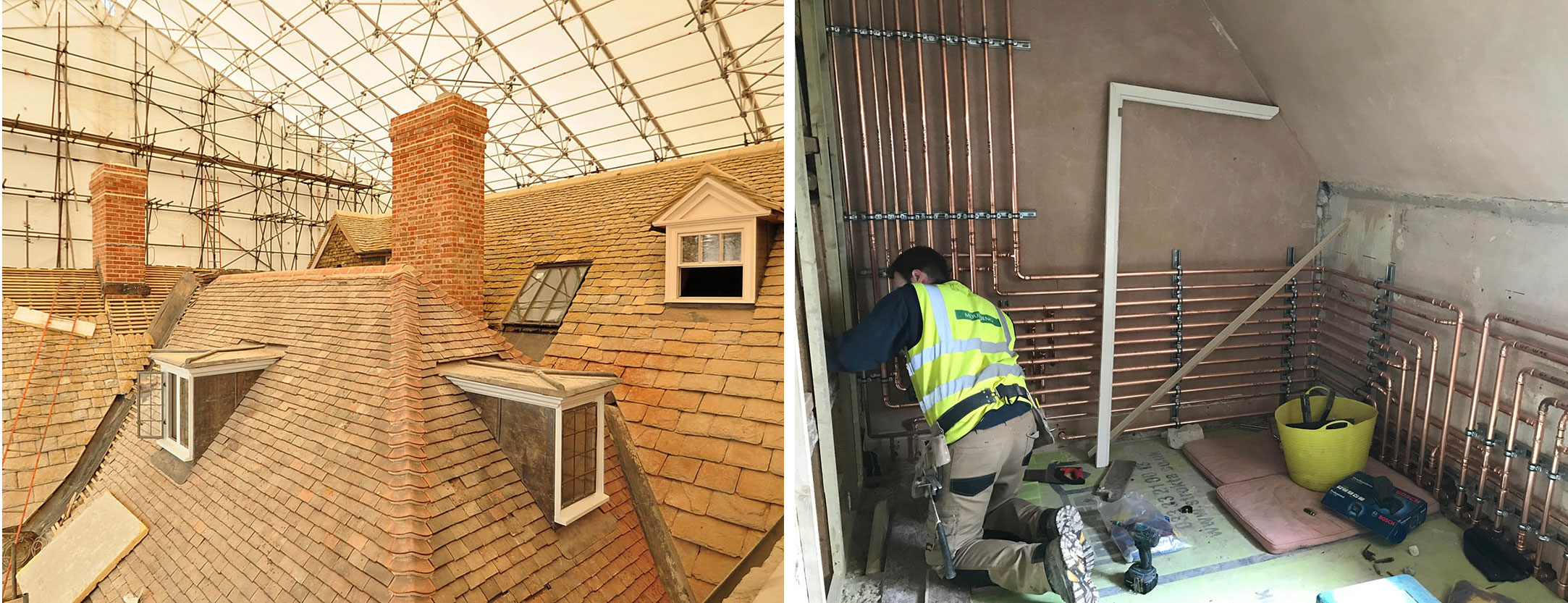
How is it possible to integrate heating in a sympathetic way?
Even when significant improvements are made to the insulation of a building, a historic house will, by modern standards, still have poor thermal performance. Not only will this take more energy output to achieve satisfactory room temperatures, but many of the spaces within the building will suffer from cold spots, often caused locally by large single-glazed windows and solid external walls. This is difficult to reflect in normal heat calculations and must be very carefully considered with the positioning of room thermostats and designed temperatures.
Open fires should have controllable fire dampers to prevent heat leakage when not in operation. Underfloor heating is particularly susceptible to heat loss through open flues (an unused open fire is effectively like leaving an external door wide open). Combustion air vents, installed near open fires and wood burning appliances to provide compliance, are also a source of draught. At the design stage, care should be taken on their positioning within a room space to avoid unnecessary heat loss.
Are windows a problem?
Single-glazed sliding sash windows are thermally inefficient. Even with proprietary draught stripping, they will still lose heat. As a result, shutters and heavy curtains are the best solution. Consider locating radiators a sufficient distance from the wall, with central fixings, to allow curtains to be drawn behind the radiator.
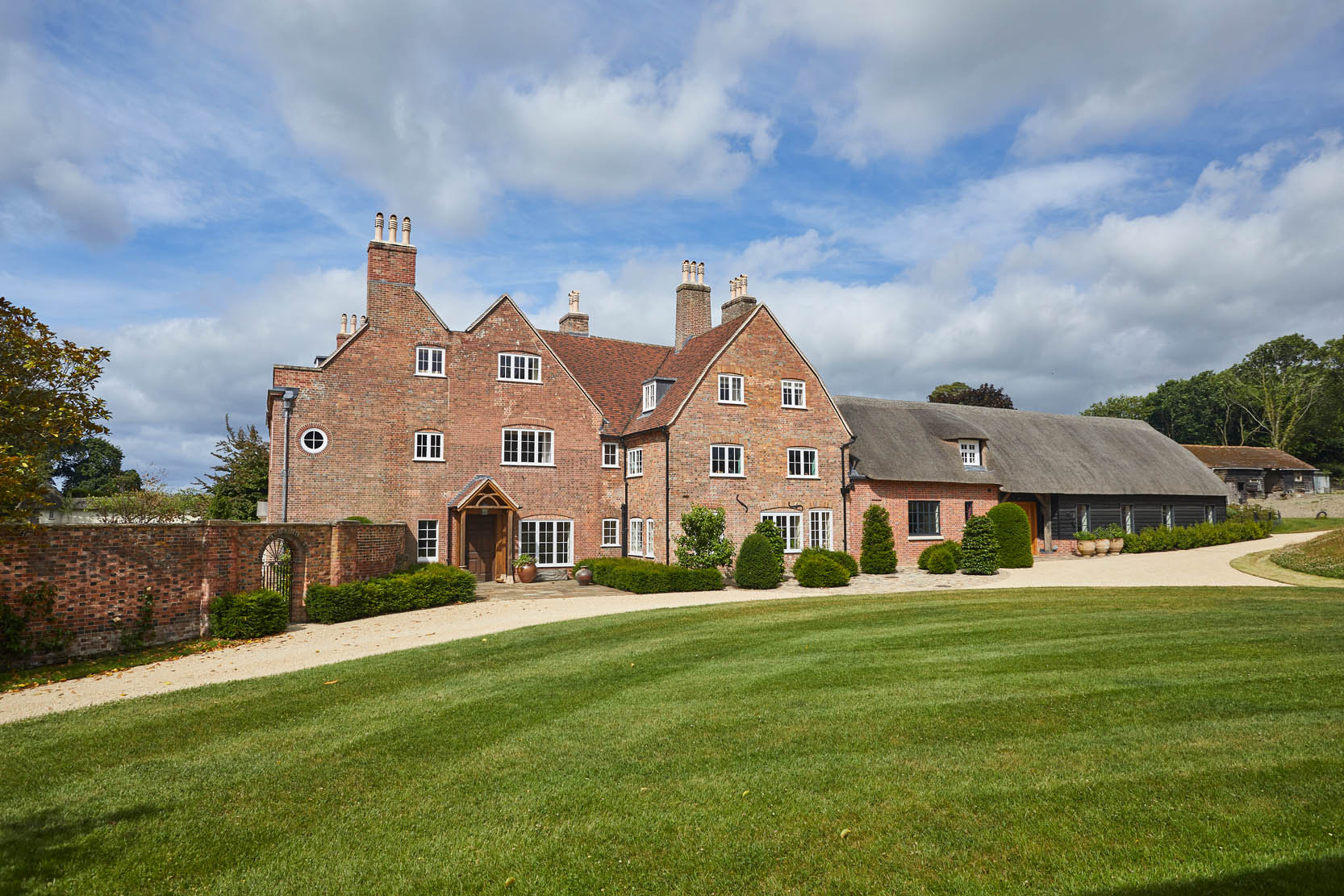
What is the ideal room temperature?
Room temperatures are generally set at 20 degrees. However, client expectations seem to have changed in recent years: 20 degrees may well be the acceptable design temperature when it is freezing outside, but with light clothing and when sitting next to a single-glazed window, this is often considered too cold.
Some rooms need setting at a higher level because of local cold spots and heat leakage. Significant improvements in energy use could be made if this setting is reduced to 18 degrees and left on constantly 24/7; that will heat up the fabric of the building.
Is underfloor heating a more efficient and sympathetic alternative to other forms of heating?
Underfloor heating has become an extremely efficient and sympathetic addition in recent years. Remember that the tog rating of high quality carpets and rugs must be considered in areas of underfloor heating; underlay is very often of a high tog rating and will insulate the heat output of underfloor heating.

How are pipes and cables best incorporated into a historic building?
The distribution of pipes and cables around fragile and complicated historic houses need to be carefully planned. They need to be sympathetically installed within the building fabric and may well require early guidance from a structural engineer to navigate existing structure without compromise.
Can modern technology create noise?
Although every effort will be made to reduce noise and vibration within new mechanical installations, modern, efficient, high-output systems will generate an element of noise. Sewage-treatment plants are operated using a compressor to blow air. At the dead of night, with no ambient noise, the low, whining noise of this compressor can be heard at quite some distance.
Air-source heat pumps, circulation pumps and smoke detection systems with a ‘sniffing’ function all create a level of noise. All of these require consideration at a design stage, so that they can be mitigated. To address these, specifications often include for acoustic insulation to be installed within walls and floor voids.
To find out more, lease telephone 01722 742228 or visit www.mouldingthebuilder.co.uk
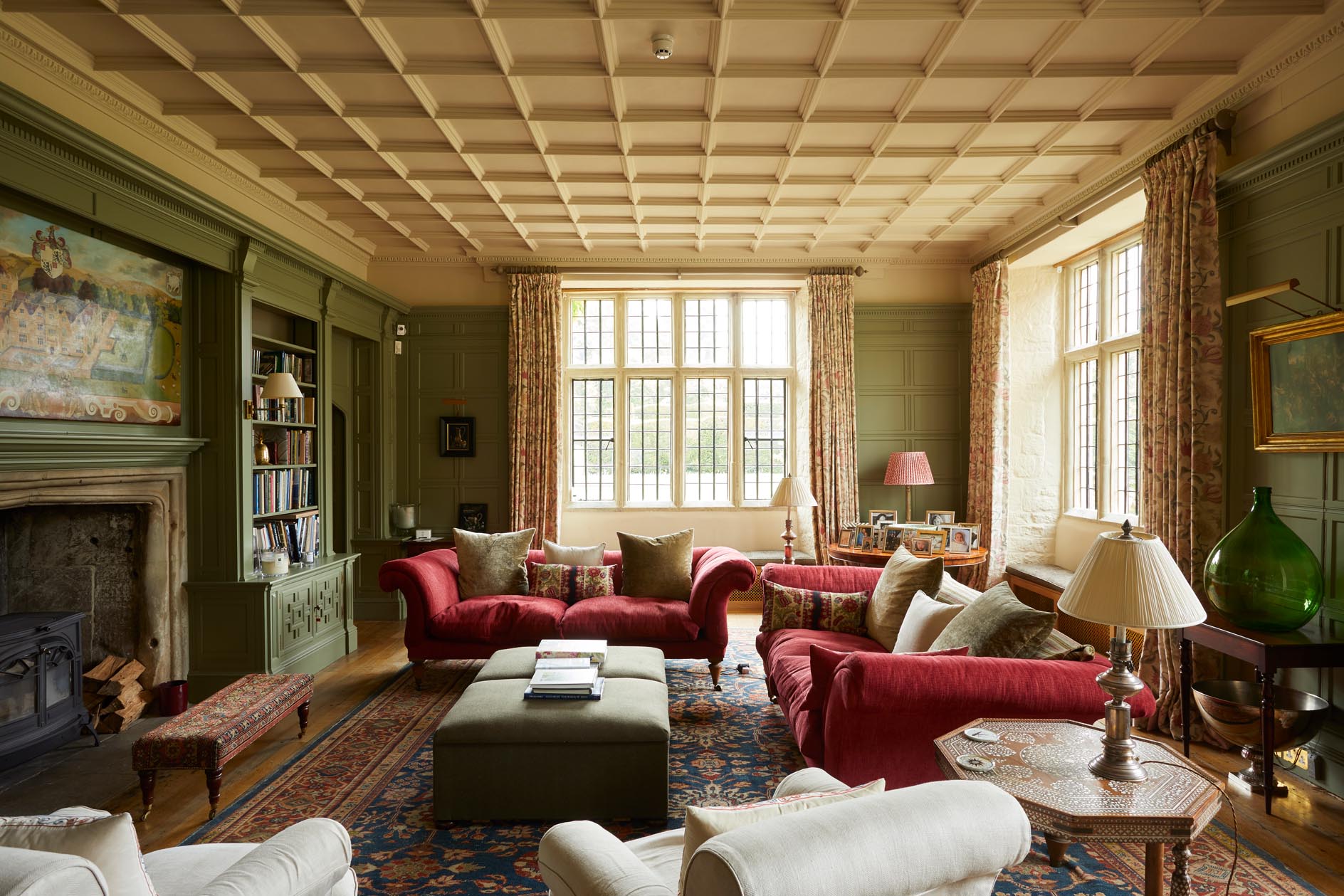
The Rewards of Restoration: Expert insight from R Moulding & Co
Tim Moulding of traditional builders and craftspeople R Moulding & Co shares his expert insight on how to get restoration
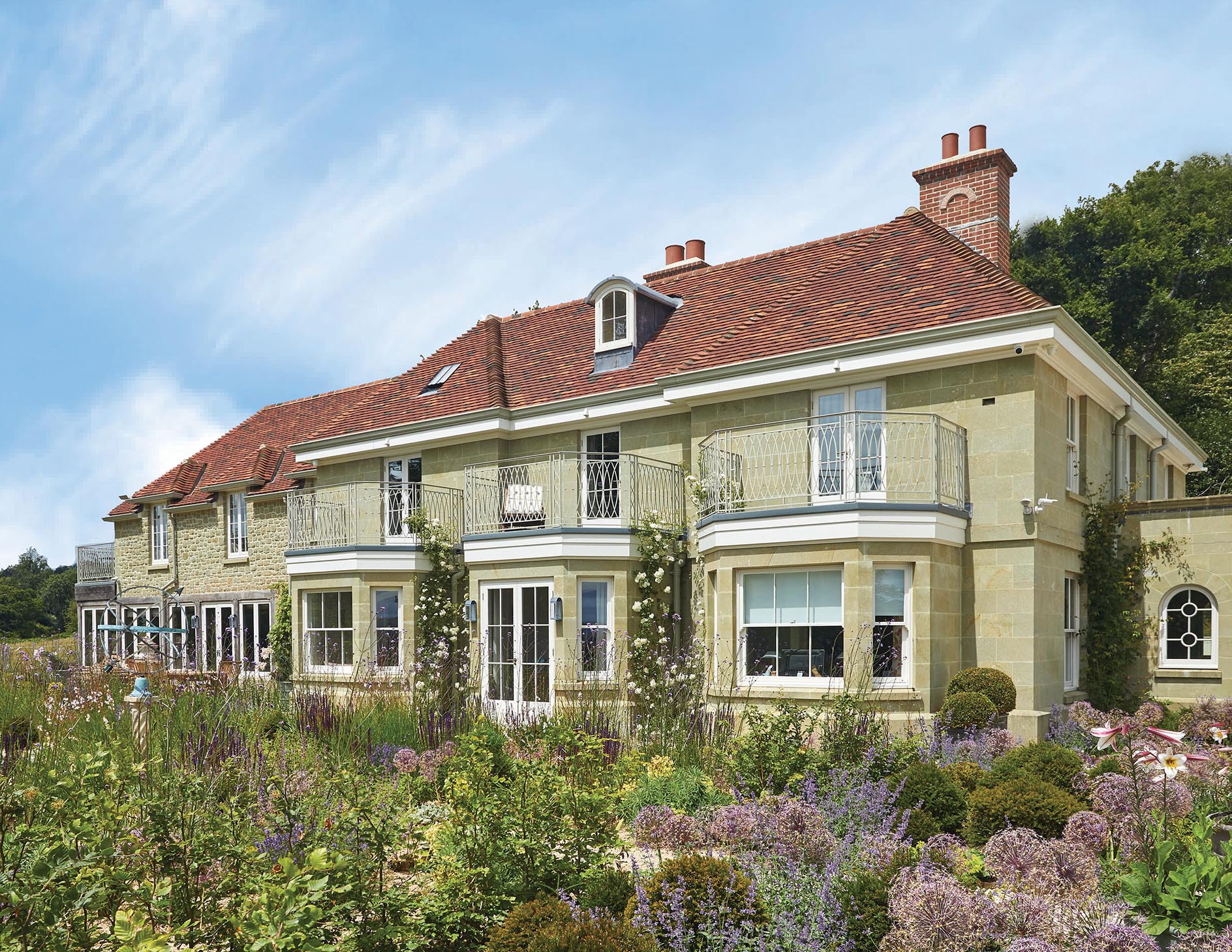
The experts from R Moulding & Co on how good-quality, well-chosen materials make for beautiful buildings
Moulding of traditional builders R. Moulding & Co explains the relationship between good-quality, well-chosen materials and beautiful buildings.
Exquisite houses, the beauty of Nature, and how to get the most from your life, straight to your inbox.
-
 From vintage cars to bodily organs, it's the Country Life Quiz of the Day, December 19, 2025
From vintage cars to bodily organs, it's the Country Life Quiz of the Day, December 19, 2025Test your general knowledge this Friday with out eclectic mix of trivia.
-
 Meg Walters: The BBC's 1995 adaptation of 'Pride and Prejudice' is the ultimate Millennial fairytale
Meg Walters: The BBC's 1995 adaptation of 'Pride and Prejudice' is the ultimate Millennial fairytaleThe BBC's 1995 adaptation of Jane Austen’s 'Pride and Prejudice' adaptation is 30 years old. Beloved by Millennials everywhere, it set a benchmark for period dramas that still stands today.
-
 Jewels of the Mediterranean: Luxury multi-generational villa holidays
Jewels of the Mediterranean: Luxury multi-generational villa holidaysThe Thinking Traveller have some of the finest villas in the Mediterranean on their books for multi-generational holidays. Here are just a few of the highlights.
-
 Code8: Beauty on Burlington Arcade
Code8: Beauty on Burlington ArcadeCome along Burlington Arcade with Hetty Lintell to visit beauty gurus Code8, and try their new Day To Night Foundation.
-
 The gift of growing
The gift of growingEntirely built to suit your needs, a bespoke Alitex greenhouse not only helps you nurture flowers and vegetables, but also offers a tranquil retreat from the pressures of daily life.
-
 The ultimate Canadian train journey
The ultimate Canadian train journeyExperience the spectacular scenery of the Canadian Rockies onboard the luxury and top-tier service of Rocky Mountaineer.
-
 Diamonds are a man’s best friend
Diamonds are a man’s best friendMale interest in jewellery is on the rise, with gypsy and signet rings proving especially popular, according to renowned jeweller Hancocks.
-
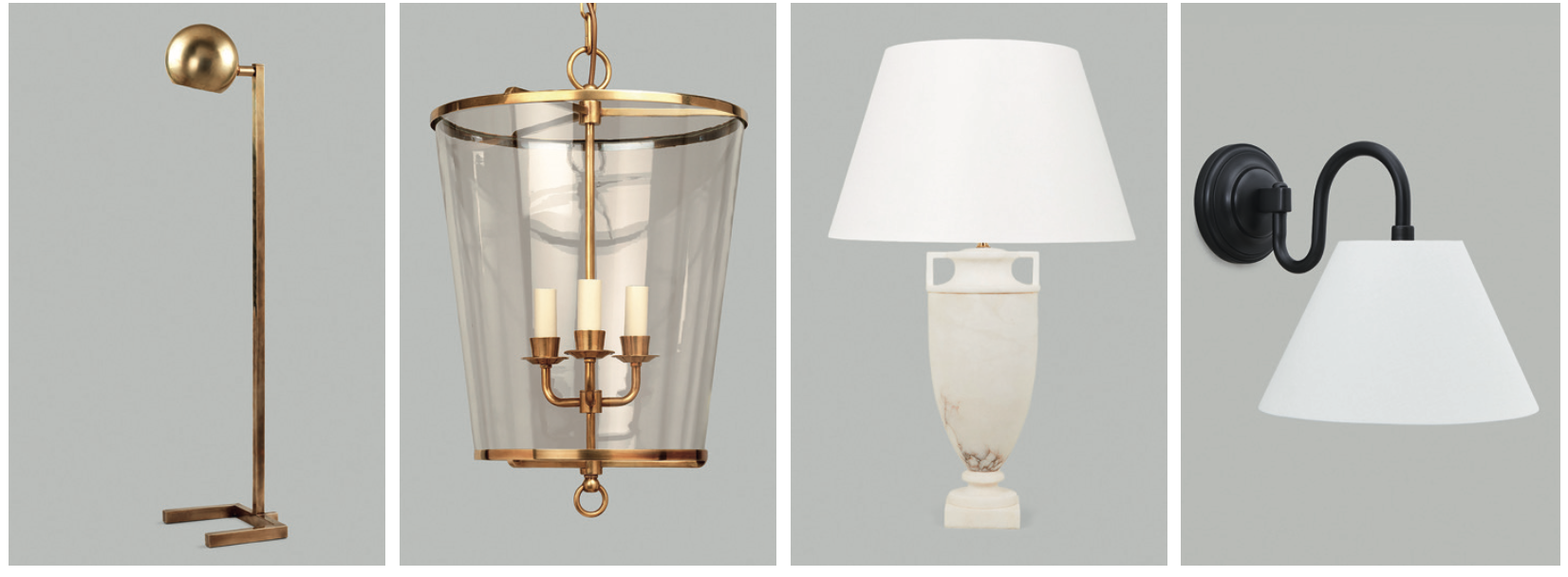 The Art of Lighting: Four of Britain's top designers share their best tips for choosing lighting
The Art of Lighting: Four of Britain's top designers share their best tips for choosing lightingAt a recent panel discussion hosted at Vaughan’s London showroom during Focus/24, interior designers Emma Pocock and Sarah Peake, lighting designer Jo Mann of Lighthouse Designs and Richard Smith of Vaughan shared their top 10 tips on choosing lighting.
-
 The beauty of bespoke: A journey with Julia Lloyd George
The beauty of bespoke: A journey with Julia Lloyd GeorgeGoing bespoke with Julia Lloyd George means getting not just a piece of jewellery, but a lifelong treasure.
-
 Hancocks: Sparkle of genius
Hancocks: Sparkle of geniusHistoric jewellery firm Hancocks, now in its new St James’s home, specialises in old-cut diamonds pieces that gleam and turn heads even in low light.
